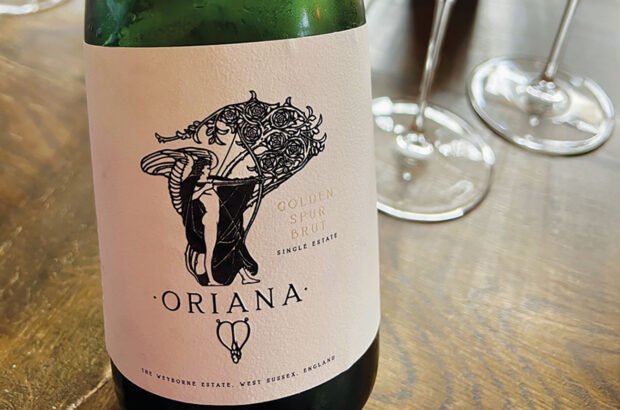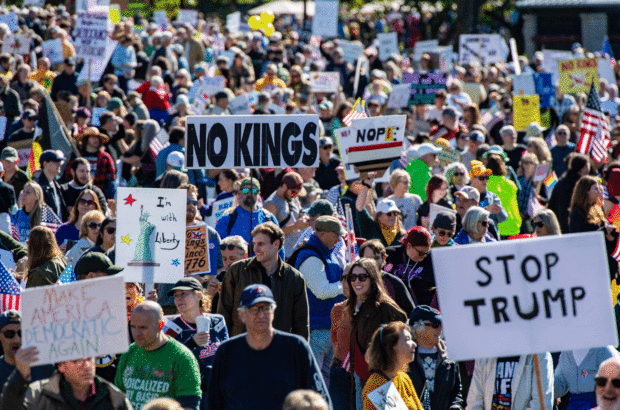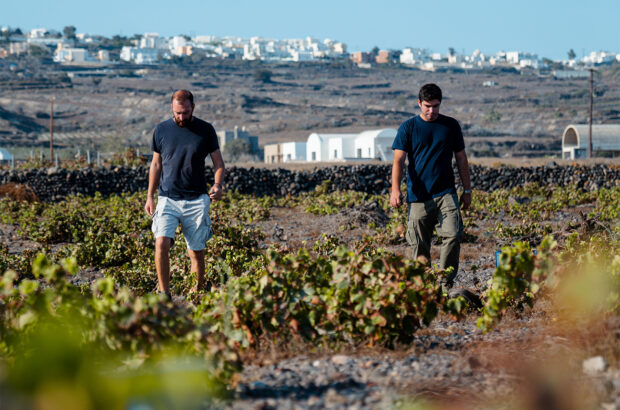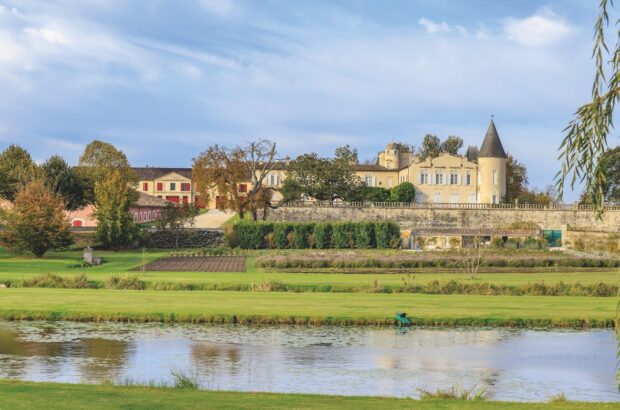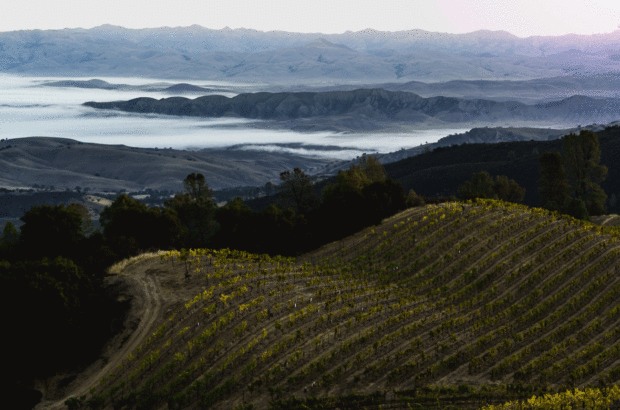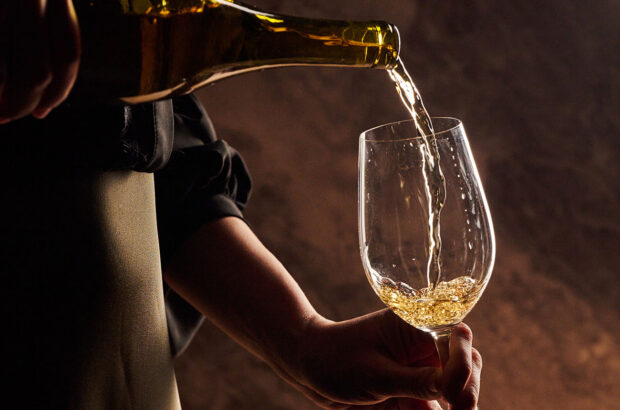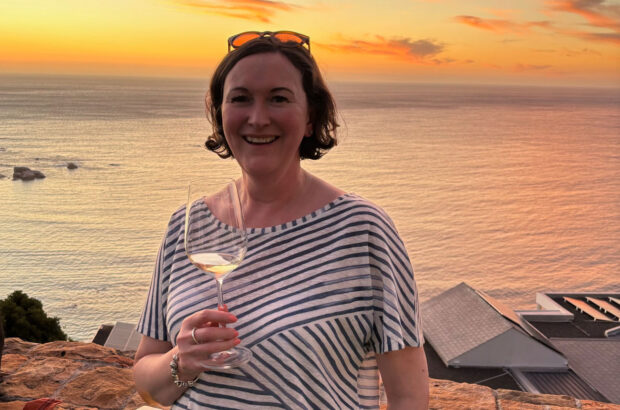For some wine lovers, white Burgundy is a mesmerising, astonishing wine, but it does present several challenges. For example, when is the best time to drink it?
Recently, I attempted to answer this question with a group of generous collectors.
Scroll down for notes and scores for 15 Montrachet wines from the 2014 vintage

The ultimate question: when to open grand cru white Burgundy? Credit: BIVB / Michel JOLY
Older or younger?
Some white Burgundy fans prefer to drink it very mature.
As a young salesman, I recall being dumbfounded when Luc Bouchard, export manager for Bouchard Père et Fils at the time, told me that among the 19th century Burgundy in his family’s cellar, ‘the whites are often better than the reds,’ a comment borne out when a generous client opened a bottle of 1890 Montrachet to demonstrate.
Others drink their white Burgundy young.
Among this cohort, some have yet to discover the joys of older whites, while others have had an unfortunate experience with bottles affected by premature oxidation (‘premox’).
To shed more light on this, my friends and I organised a tasting of 2014 Montrachet grand cru and its surrounding grands crus, one that provided great pleasure and abundant surprises. It is always important to taste with an open mind.
Once burned…
Some of our group initially found open-mindedness difficult…
Several had sold off much of their white Burgundy at auction because of fears of premox.
However – spoiler alert – we found no evidence of premox in any of the 15 wines we tasted.
There was a range of maturity among the bottles, but we were all gratefully surprised at the freshness and youth of these wines.
The uncanny freshness of the wines was only the first of the day’s surprises.
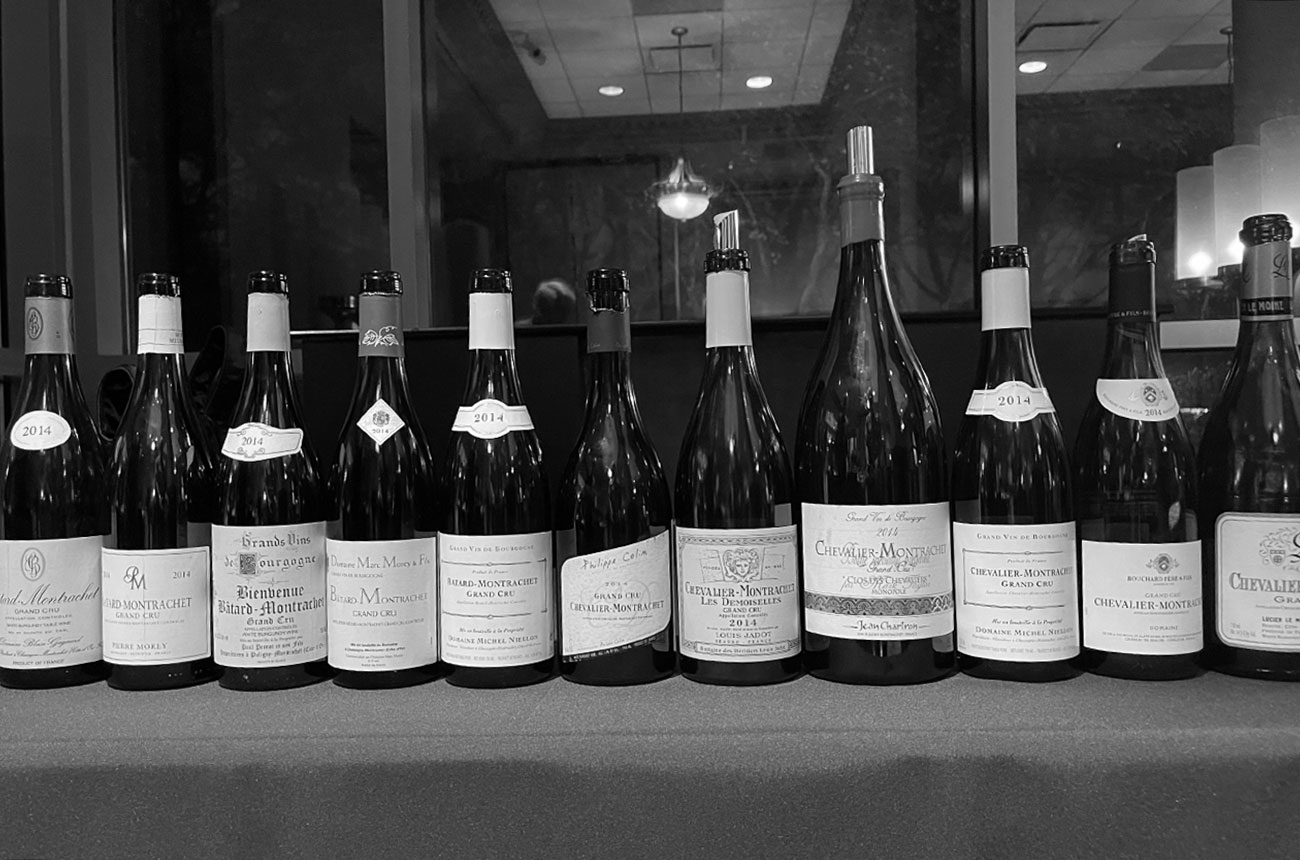
‘In general, the freshness of 2014 tempered the sometimes-extravagant richness of Montrachet’
2014: The growing season in retrospect
The weather leading up to the 2024 growing season was warm and wet, with little frost throughout the winter. These conditions continued into January and February.
The warmth remained through to June, but from March the rain stopped and dry conditions nearly turned to drought.
Bud break was roughly 10 days earlier than the norm.
The vines grew rapidly, flowering began at the end of May, and a large crop was set on the vines.
On 28 June, the Côte de Beaune was struck by a fierce hailstorm, wreaking extensive damage, with the worst-hit regions in the north of the Côte de Beaune from the hill of Corton to Volnay.
Damage was localised, however, and most of Chassagne and Puligny were largely spared.
Cool and rainy weather then set in throughout most of July and August.
This slowed the development of the Pinot Noir, but allowed the Chardonnay to retain lively acidity.
Conditions reverted in the last week of August to dry and warm with a cool north wind, which allowed the Chardonnay to finish ripening.
On average, the 2014 vintage produced grapes with more sugar than 2010 but with roughly the same levels of acidity, setting growers up for a magnificent white wine vintage.

The grand cru vineyards of Puligny-Montrachet and Chassagne-Montrachet. Credit: BIVB / Aurélien IBANEZ
So what’s the verdict?
The most striking conclusion is that premox was not a factor in this tasting. The most mature, or advanced, wine was the Domaine Pierre Morey Bâtard-Montrachet Grand Cru.
But the colour was holding well, and it had not yet developed notes of caramel or other hallmarks of oxidation.
Although some tasters initially expressed premox-based reservations about Domaine Michel Niellon, we tasted its Bâtard and its Chevalier and both were brilliantly fresh.
The second overwhelming conclusion is that 10 years was insufficient ageing time for almost all of these wines. Each wine presented its charms differently.
Although all were pleasant to drink now, most had much more to offer.
I had suggested the 2014 vintage as a theme because of its strong reputation, the 10-year anniversary, and the fact that there are still some wines available on the market.
Other strong white Burgundy vintages include 2010, 2008, 2007 and 2002, although these would have been more difficult to source for those who didn’t lay them down on release.
What to expect from the grands crus
Bâtard-Montrachet and Bienvenues-Bâtard-Montrachet

Credit: BIVB / www.armellephotographe.com
The strong malic acid content in this vintage was generally a boon for producers of Bâtard-Montrachet. Since it is lower on the slope and has heavier clay soils, this appellation often delivers wines that are more powerful than elegant.
In 2014, however, the balance brought by the cool summer made this an appellation to seek out.
Among the wines tasted on this occasion, only the Domaine Pierre Morey was from the Puligny side of the climat, where the domaine has had ‘0.48ha under a sharecropping agreement since the mid-1960s,’ says owner Anne Morey.
The rest were from the southern Chassagne portion of the climat. Domaine Paul Pernot’s Bienvenues-Bâtard-Montrachet is admirably located, running the entire length of the slope between Domaine Leflaive and Domaine Faiveley.
Chevalier-Montrachet

View over Chevalier-Montrachet. Credit: BIVB / Aurélien IBANEZ
Tasters often describe Chevalier-Montrachet as more lemony, mineral or chiselled than the other satellites. In a cooler year such as 2014, one might think the wines would be less generous, but this was not the case.
The word ‘mineral’ was often bandied about, but so was ‘tropical’, and the fruit did not escape us. The Chevalier Les Demoiselles plot from Louis Jadot is located in what was formerly premier cru Les Caillerets.
In 1913, négociant houses Louis Jadot and Louis Latour bought and split a parcel of Caillerets, and in 1939 these two parcels were promoted to grand cru status.
Before this promotion, the northernmost edge of Chevalier was called the Clos des Chevaliers, a monopole of Domaine Jean Chartron.
Although Chartron has sold off some of this vineyard to settle inheritance issues, it still owns a portion of it; the magnum in our tasting was a particular standout.
Owner Jean-Michel Chartron says: ‘2014 in my opinion is one of the best vintages of the decade, especially in white, and is among the most classic of recent vintages’.
The parcel belonging to Philippe Colin lies between the large plot of Leflaive and the Clos des Chevaliers. Domaine Michel Niellon’s Chevalier is from a plot at the base of the slope.
Bouchard Père et Fils is by far the largest owner of Chevalier-Montrachet, and although we tasted its ‘classic’ bottling (not La Cabotte, adjacent to Montrachet), it shone all the same.
Montrachet

Credit: Hemis / Alamy Stock Photo
In general, the freshness of 2014 tempered the sometimes-extravagant richness of Montrachet. We had a marvellous bottle from Bouchard Père et Fils, made from vines on the Puligny side.
We also had a very rare bottle from Lamy-Pillot, made, ‘from a small plot of 5.42 ares (0.0542ha) owned by Claudine Petitjean,’ says owner Florence Caillat, ‘we obtain one 228-litre barrel from this plot and give half of the 300 bottles back to Madame Petitjean, who sells them under her label’.
Louis Latour’s Montrachet is from a parcel they farm themselves but is owned by Domaine Boillereault de Chauvigny, itself owned by the Regnault de Beaucaron and Guillaume families.
We enjoyed the bottling from Louis Jadot, which reportedly sources wine from Baron Thénard (on the Chassagne side) but has also purchased from Boillereault de Chauvigny via Louis Latour.
2014 Montrachet grands crus
Wines are listed by grand cru then score



